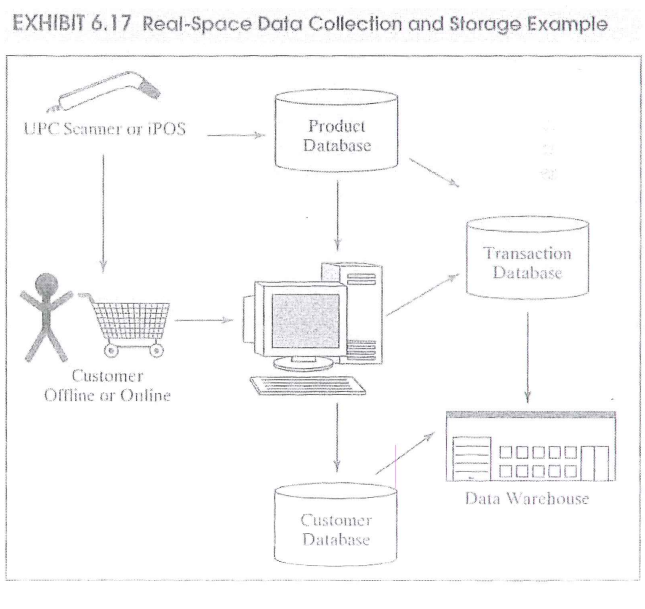Chapter 4: E-marketing research
1/30
There's no tags or description
Looks like no tags are added yet.
Name | Mastery | Learn | Test | Matching | Spaced |
|---|
No study sessions yet.
31 Terms
Purina E-marketing research methods
Consumer Data Analysis
Online and Offline Panel Data
Click-Through Rate (CTR) Analysis
Brand Recall Studies
Website Segmentation Analysis
Recommendations for Purina
Diversify Ad Formats given the low CTR
Focus on High-Interest Websites
Incorporate Behavioral Retargeting to show ads to consumers who have previously visited their websites but haven’t completed a purchase
Test Multi-Touch Attribution
Enhance Mobile Optimization
Data-Driven Strategy
A marketing approach that relies on data analysis to inform decision-making and strategy development.
Marketing insight
occurs somewhere between information and knowledge.
Electronic Marketing Information System (MIS)
A system used by marketers to assess information needs, gather data, analyze it, and disseminate it to decision-makers.
Many firms
store data in databases and data warehouses.
Data
is useless unless turned into knowledge to increase profits.
Internal Records
Accounting, finance, production, and marketing personnel collect and analyze data.
Includes:
Nonmarking Data
Sales Force Data
Customer Characteristics and Behavior
Nonmarking Data
enhances the understanding of marketing effectiveness.
gathered from various sources, including company websites.
Sales Force Data
essential for analyzing customer behavior and sales performance.
regular updates and reviews are necessary to maintain accurate data for decision-making.
Customer Characteristics and Behavior
arguably the most important internal marketing data
collected through various channels, such as telephone interactions and online services.
Secondary Data
Data that has been previously collected for another purpose and may not meet current research needs.
Secondary Data includes
Publicly generated data
Privately generated data
Commercial online databases
Primary Data
Information collected for the first time to address a specific research problem.
Primary Data collection methods (enhanced by Internet)
Experiments
Focus groups
Observation
Survey research
Survey research
Close-ended questions
Open-ended questions
Primary Research Steps
Research problem
Research plan
Data collection
Data analysis
Distribute results
Internet-based Research Approaches: 3 successful examples
Creative test
Customer satisfaction
Product development
Internet-based Research Approaches
Online experiments
Online focused group
Online observations
Online in-depth interviews
Online survey research
Online panels
Client-side data collection
Server-side data collection
Other Tech-Enabled Approaches: Client-side data collection
gathers information directly from a user's browser or device using scripts like JavaScript, tracking user interactions and behavior.
Server-side data collection
occurs on the server, logging data such as IP addresses and requests, offering more security and reliability but without direct user interaction insights.
Real-space data collection
tracks offline customer behavior, like foot traffic and product interactions, using sensors and cameras to improve shopping experience

Data Warehouse
A centralized place for storing and managing large volumes of data from various sources.
To manage their data warehouse, companies can
hire public relations firms or online reputation management firms to help.
set up automated monitoring systems using e-mail, RSS feeds, or special software.
4 important types of analysis for marketing decision-making
Data mining
Customer profiling
RFM (recency, frequency, monetary value) analysis
Report generating
Data Mining
The process of analyzing data to discover patterns and insights that can inform marketing decisions.
Customer Profiling
The practice of creating detailed descriptions of customers based on their behaviors and characteristics.
RFM Analysis
A marketing analysis method that evaluates customers based on Recency, Frequency, and Monetary value of their purchases.
Knowledge management metrics
ROI (return on investment)
TCO (total cost of ownership)
ROI (return on investment)
gained from additional revenues or reduced storage costs
calculated by total cost savings divided by the total cost of the investment
TCO (total cost of ownership)
helps assess overall expenses, including hardware, software, and additional savings from improved efficiency